Top 10 Volcanoes In The World
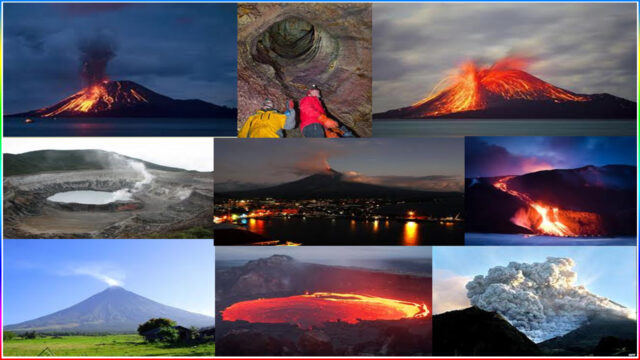
Volcanoes have for some time been a wellspring of legends and legens. To old societies, volcanoes’ power must be made sense of as demonstrations of divine beings or mythical beings. We currently know that volcanoes are as a matter of fact the consequence of the structural developments of the World’s covering.
However, despite the fact that we comprehend their inward operations they actually address a power of nature that can be scary and puzzling. Here is our rundown of the most astounding volcanoes on the planet.
12. Mount Yasur Volcano
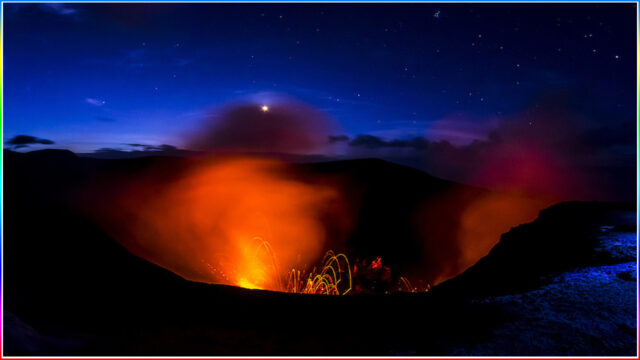
Mount Yasur is a functioning spring of gushing lava on Tanna Island, Vanuatu with a level of 361 m (1,184 ft) above ocean level. The gleam of the spring of gushing lava obviously pulled in Chief James Cook on the principal European excursion to the island in 1774.
It is one of the most effectively open live well of lava on the planet. Anybody can walk straight up and peer down into its red hot paunch. Its ejections, with hell and damnation and flying debris , typically happen a few times 60 minutes.
11. Cotopaxi Volcano
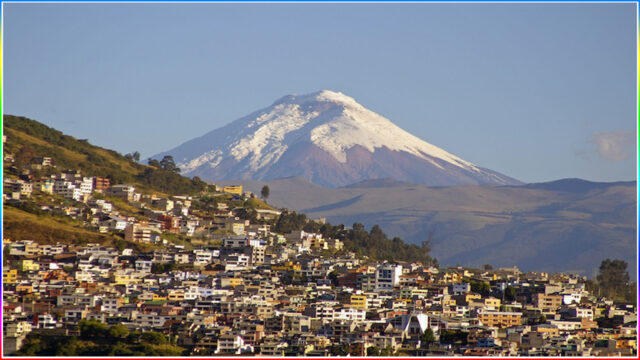
Cotopaxi is the second most elevated culmination in Ecuador, arriving at a level of 5,897 m (19,347 ft). One of the few equatorial glaciers in the world begins at a height of 5,000 meters (16,400 feet) on the volcano. The mountain is obviously noticeable on the horizon from Quito.
Cotopaxi is one of the greatest dynamic volcanoes on the planet with in excess of 50 emissions beginning around 1738. The fundamental risk of a colossal ejection of Cotopaxi would be the progression of ice from its ice sheet.
10. Mount Bromo Volcano

Gunung Bromo is a functioning well of lava and part of the Tengger massif, in East Java. At 2,329 meters (7,641 feet) it isn’t the most noteworthy pinnacle of the massif, yet it is the most notable. The region is one of the most visited vacation spots in Java.
The crater inside the volcano continuously emits white, sulfurous smoke because the top has been blown off. It is encircled by the Laut Pasir (Ocean of Sand) of fine volcanic sand. The general impact is unsettlingly absurd, particularly when contrasted with the rich green valley’s around the Tengger massif.
9. Krakatoa Volcano
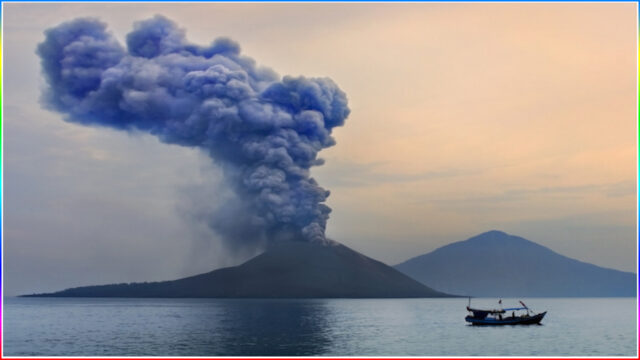
Krakatoa (Gunung Krakatau) is a volcanic island among Java and Sumatra. The ejection of mount Krakatoa in August 26-27 of every 1883 was among the most over the top vicious volcanic occasions in present day and written history.
The emission was identical to 200 megatons of dynamite — multiple times the atomic yield of the nuclear bomb that crushed Hiroshima. The disastrous blast was unmistakably heard as distant as Perth in Western Australia, around 1,930 miles (3,110 km) away.
In 1927, ejections caused more modest Anak Krakatau (“Offspring of Krakatoa”) to ascend from the ocean, and the arising volcanic island keeps on developing at a typical pace of 7 meters each year. The most recent Anak eruption began in April 2008 and continues today.
8. Arenal Volcano
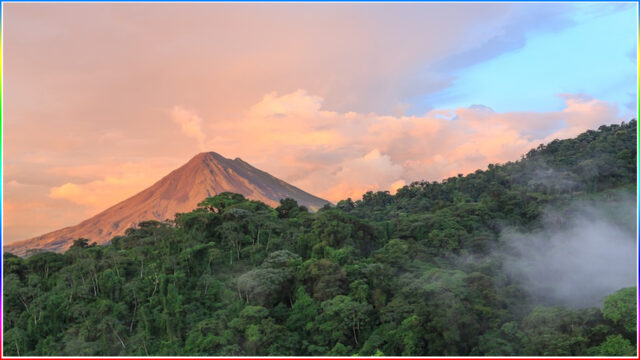
Volcan Arenal, is Costa Rica’s most dynamic spring of gushing lava, found 90 km (56 miles) north-west of San José. The Arenal fountain of liquid magma transcends ocean level and ignores Lake Arenal. It is geographically viewed as a youthful spring of gushing lava and the age is assessed to be under 3,000 years.
Tabacón, a small town, was destroyed when Arenal erupted in 1968. Because of the ejection three additional pits were made on the western flanks however only one of them actually exists today.
7. Mount Etna Volcano
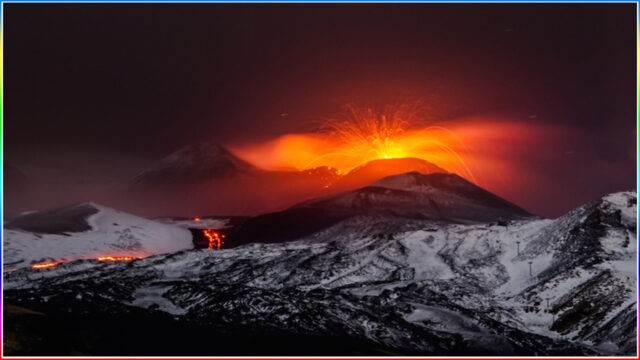
Mount Etna is the second biggest dynamic spring of gushing lava in Europe, right now standing 3,329 meters (10,922 ft) high, however this differs with culmination ejections. The mountain is 21 meter (69 ft) lower now than it was in 1981.
Situated on the east bank of Sicily, the prolific volcanic soils support broad horticulture, with grape plantations and plantations spread across the lower slants of the mountain and the expansive Plain of Catania toward the south.
6. Osorno Volcano
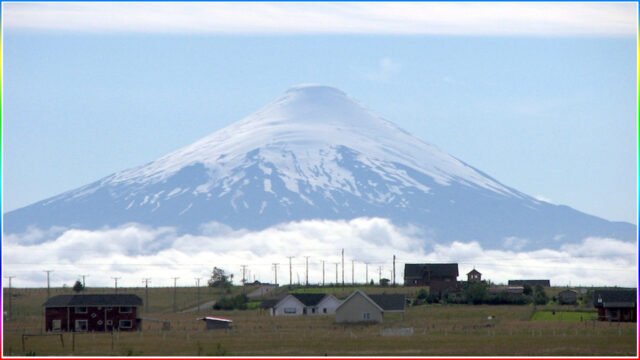
Conical stratovolcano Volcan Osorno is a 2,652 m (8,701 ft) tall volcano in Chile’s Los Lagos Region. It remains on the southeastern shore of Lake Llanquihue, and furthermore overshadows Tasks los Santos Lake. Osorno is referred to overall as an image of the neighborhood scene, and is noted for its comparative appearance to Mount Fuji.
Osorno is one of the most dynamic volcanoes of the southern Chilean Andes, with 11 verifiable ejections recorded somewhere in the range of 1575 and 1869. Both Llanquihue and Todos los Santos Lakes were reached by the lava flows produced by these eruptions.
5. Mount Vesuvius Volcano
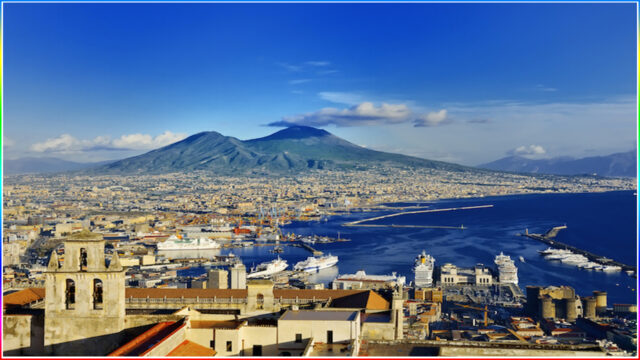
Mount Vesuvius is most popular for its ejection in Promotion 79 that prompted the annihilation of the Roman urban communities of Pompeii and Herculaneum and the passing of 10,000 to 25,000 individuals. It has emitted commonly since and is today viewed as one of the most perilous volcanoes on the planet due to the number of inhabitants in 3,000,000 individuals living close by.
The level of the principal cone has been continually changed by emissions however as of now is 1,281 m (4,202 ft).
4. Kilauea Volcano
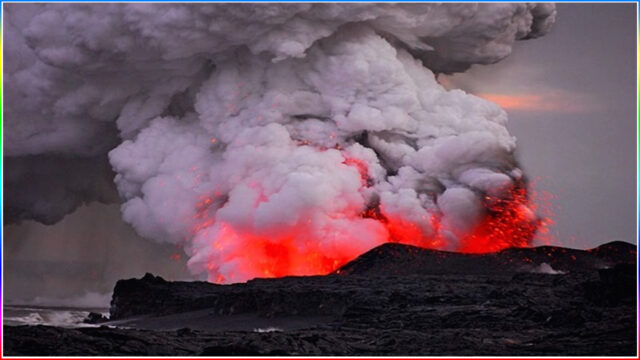
Kilauea is the latest of a progression of volcanoes that have made the Hawaiian Archipelago. It is an extremely low, level safeguard spring of gushing lava, tremendously divergent in profile from the high, strongly slanting pinnacles of stratovolcanoes.
Kilauea is one of the most dynamic well of lava on the Earth, a significant asset for volcanologists. 33 emissions have occurred beginning around 1952, excluding the ongoing ejection what began on January 3, 1983 and is as yet continuous.
3. Mount Fuji Volcano
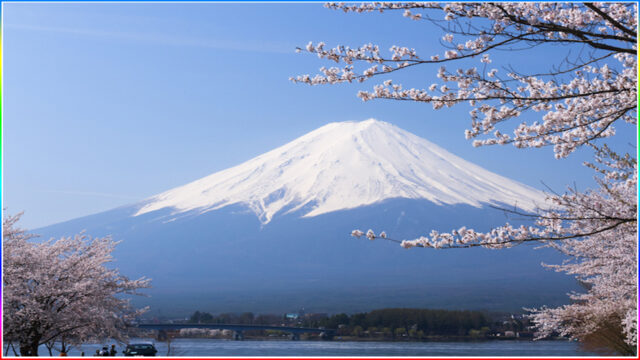
Mount Fuji is the most elevated mountain in Japan at 3,776 meters (12,388 ft). The spring of gushing lava’s outstandingly even cone is a notable image of Japan and it is much of the time portrayed in craftsmanship and photos, as well as visited by tourists and climbers. It is presently named dynamic with an okay of emission.
The last recorded emission was in 1708. A well known vacation destination, an expected 200,000 individuals climb Mount Fuji consistently, 30% of whom are outsiders. While the descent can take anywhere from two to five hours, the ascent can take anywhere from three to eight hours.
2. Mayon Volcano
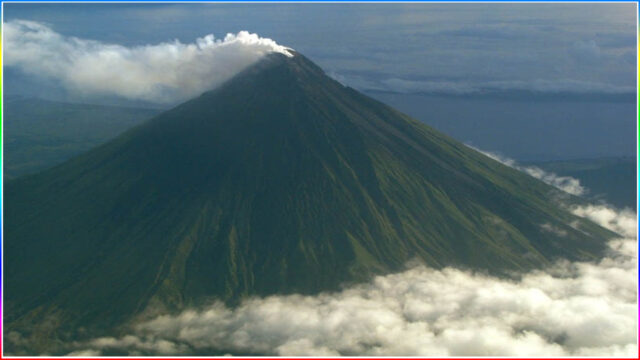
Mayon Well of lava is eminent as the “Wonderful Cone” on account of its entirely cone shaped shape. This amazing volcano has steep upper slopes that range from 35 to 40 degrees and are capped by a small summit crater. Its sides are layers of magma and other volcanic material.
Mayon is the most dynamic of the dynamic volcanoes in the Philippines, having ejected north of 49 times in the beyond 400 years. The most damaging ejection of Mayon happened on February 1, 1814 besieging the close by towns with volcanic rocks, killing 2,200 local people.
1. Mount Kilimanjaro Volcano
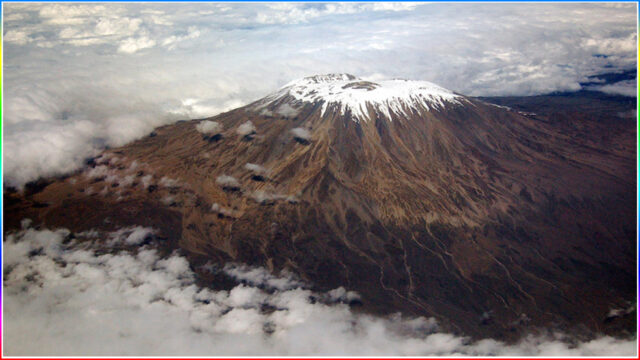
Mount Kilimanjaro is a stratovolcano in north-eastern Tanzania, close to the Kenyan border. At the moment, it is not active. At 5,892 meters (19,331 feet) above ocean level, Kilimanjaro is Africa’s most noteworthy pinnacle and the world’s most elevated unattached mountain. Thusly – and supported by its generally simple rising – Kilimanjaro has turned into a significant objective for mountain dwellers and travelers from around the world.
Despite the fact that situated near the equator, Mount Kilimanjaro is popular as Africa’s snow-covered mountain approaching over the fields of the savannah. However, the most recent covering of glaciers has retreated from the mountain’s summit in the past year.


